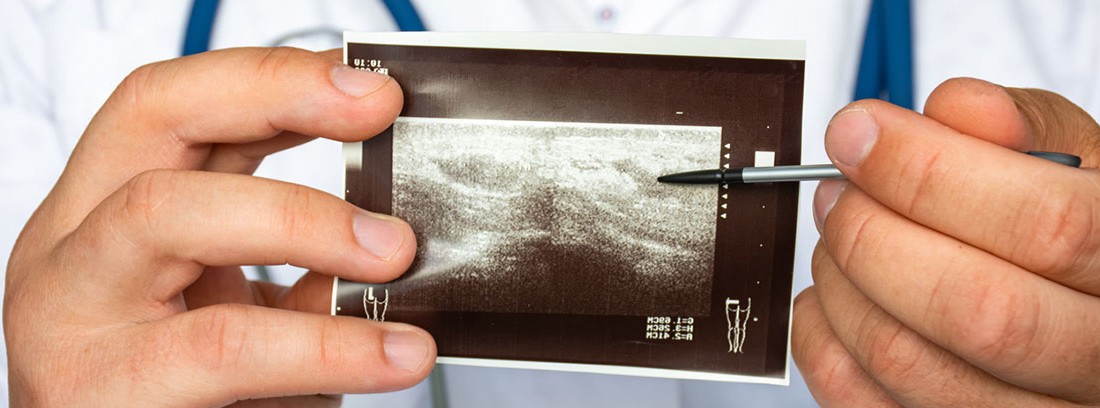What is pilonidal cyst?

How is the sacral or pilonidal cyst produced?
Pilonidal cyst is very common in people between the 15 and 35 years, reaching an incidence that can be up to 9% among the general population. It is much more common in men than in women (4 to 1).
There is usually a family history of several people with this same condition, and risk factors for its occurrence are sedentary life, folliculitis, excess body hair in this area and excessive sweating.
The pilonidal sinus can be congenital, but the acquired form is the most common. In general, it occurs because normally growing hair penetrates the subcutaneous tissue for various reasons and this causes the tissue to form a cyst around it to isolate it. Another theory suggests that a alteration in hair root formation it would cause the keratin, instead of growing longitudinally, to create a kind of ball and this would give rise to a granulomatous reaction and the consequent cyst.
The pilonidal cyst may be single or multiple. In the vast majority of cases the cyst grows upwards and only in a very few cases, approximately 7%, does it do so in a caudad direction, downwards, which can produce a
(Updated at Apr 14 / 2024)